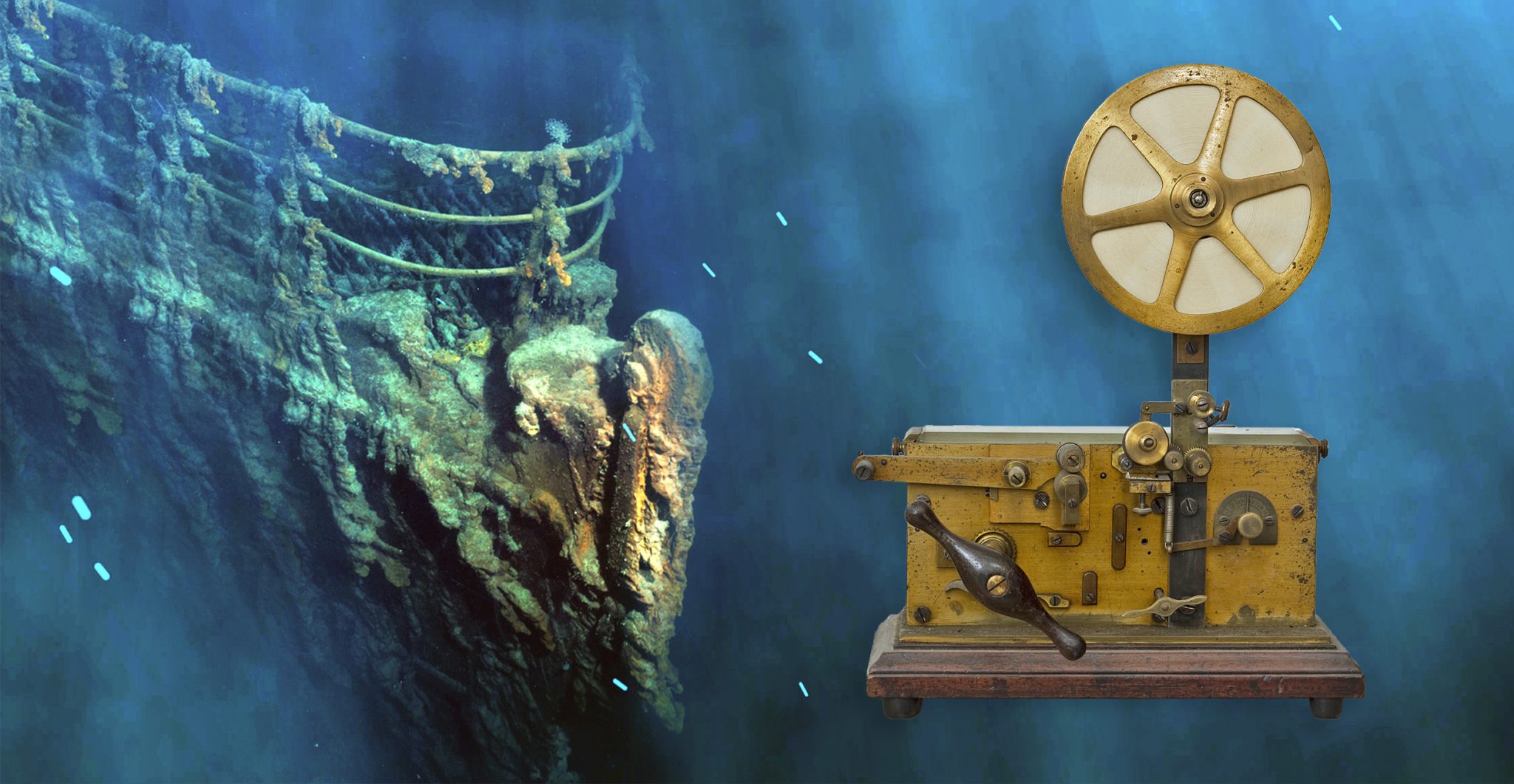One of the most noteworthy artifacts sunk with the Titanic was its telegraph machine, dubbed its “voice”. And now a team is going to the bottom of the sea to retrieve it. When Dr. Robert Ballard, professor of oceanography at the University of Rhode Island, found the Royal Mail Ship Titanic almost two and a half miles down at the bottom of the Atlantic Ocean in 1985, everyone was amazed at the photographs he took of the wreck. Unfortunately, Dr. Ballard, thinking it would be left alone, did not claim salvage rights which left them open to the next visitors to the site.
In 1986, RMS Titanic, Inc. (RMST) owned by G. Michael Harris, explored the wreck site and claimed salvage rights giving them exclusive access to the artifacts as stated in a court ruling in 1994, according to National Geographic. Several years ago, the company stated their intention to pull the Marconi wireless radio from the wall of the radio room, the Marconi Suite, which caused an uproar among Titanic historians.
Legal fights went on for years until, in 2011, the 1994 ruling was revisited and clarified that artifacts collected must be placed on display for the public and can be temporarily loaned out to other institutions for educational purposes. It also provided for the documentation and preservation of the artifacts found in or around the wreck by professional experts except for the coal that spilled out of the ship’s boiler rooms. Another condition was that the ship must not be damaged in the retrieval of artifacts which would happen if the radio were cut from the wall, RMST’s current goal.
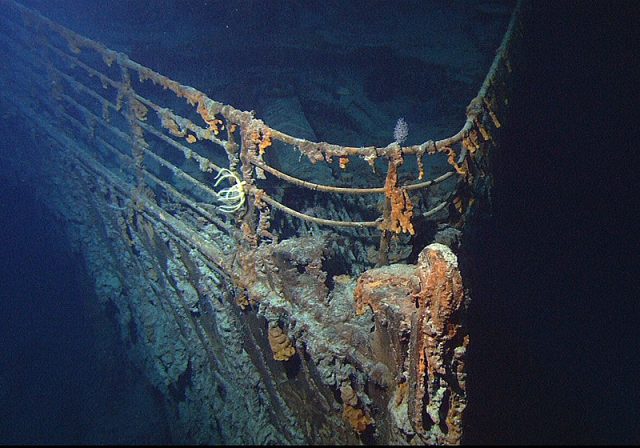
By 2004, RMST had recovered more than five thousand artifacts, mostly from the debris field between the two parts of the ship. Now, in May of 2020, Judge Rebecca Beach Smith of the U.S. District Court for the Eastern District of Virginia ruled that RMS Titanic, Inc. has the right to cut the wall in the radio room to retrieve the radio.
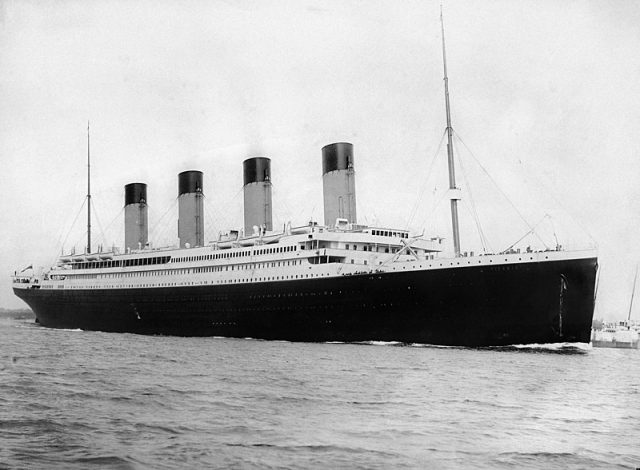
The company intends to use a robotic vehicle to enter the Marconi suite and remove the components, a motor-generator set and discharger mounted on a bedplate and bolted to the deck and a pair of wall-mounted switchboards and regulators. Judge Smith indicated that this was not intended to overturn the 2000 ruling but to give the company a chance to rescue the radio from the rapidly deteriorating wreck, and that RMST must prove they have the funds necessary to properly document the removal and preserve the artifacts.
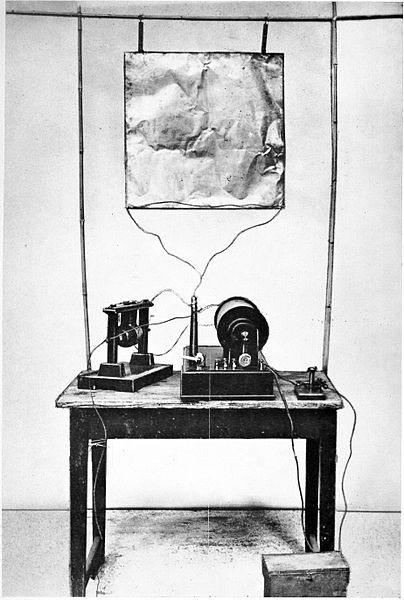
Smithsonian Magazine quotes David Gallo, an oceanographer and consultant for RMS Titanic Inc. saying, “We need to honor the ship and the passengers that sailed on her.” He also explained that once out there, the project could be canceled if they determine that it would cause too much harm to the Titanic and that they “…have plans to do it surgically with minimum damage.” Other scientific organizations such as the National Oceanic and Atmospheric Administration and the U.S. National Park Service’s Submerged Resources Center sternly oppose the actions proposed by RMST and claim the legal conflict is not over.
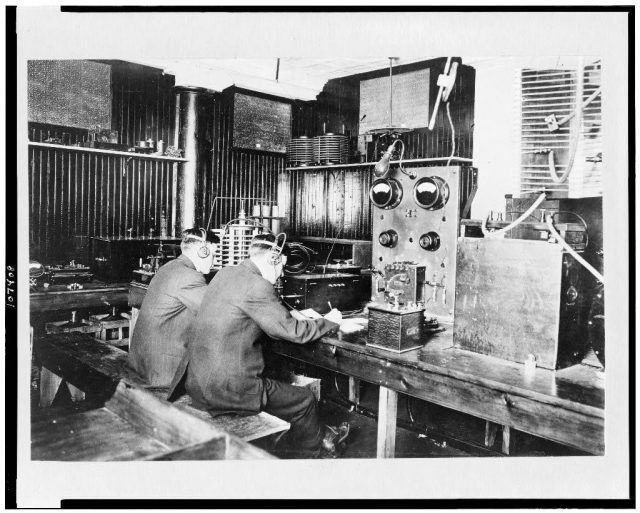
Some artifacts not restricted by court ruling were sold in 2015; those were possessions retrieved from lifeboats that survived the sinking or that were carried off the ship including a ticket from the ship’s Turkish baths which sold for eleven thousand dollars and a menu from the last lunch served onboard which brought eighty-eight thousand dollars.
Other Titanic items found in the ocean have sold for high dollars: The kimono worn by Lucile, Lady Duff Gordon, the night of the sinking was sold in 2012 for seventy-five thousand dollars, and the violin owned by Wallace Hartley, the bandleader who stayed on the deck of the sinking ship and played music to calm the passengers was sold for 1.7 million dollars, according to CNN. The violin, in the case where Hartley stowed it just prior to his death, was found shortly after the wreck, still attached to his body; it had ended up in the attic of a British home and auctioned off after seven years spent authenticating it.
Two hundred and fifty previously recovered items were placed in a traveling exhibition which visited big cities in the U.S. and are now on display at the Luxor Hotel in Las Vegas. Recreated ship’s cabins, a wall of ice that shows how cold the sea was that night, a part of the ship’s hull, luggage, jewelry, eyeglasses, and other personal items can be seen when the hotel reopens.
Related Article: Photographs Suggest Human Remains Could Still be Inside the Titanic
None of the recovered items previously sold were retrieved by cutting into the ship itself; however, RMST claims that deterioration of the Titanic threatens the preservation of the Marconi instrument. Opposition continues, however, noting that it was decided decades ago that the Titanic should remain as a monument undamaged and undisturbed.
